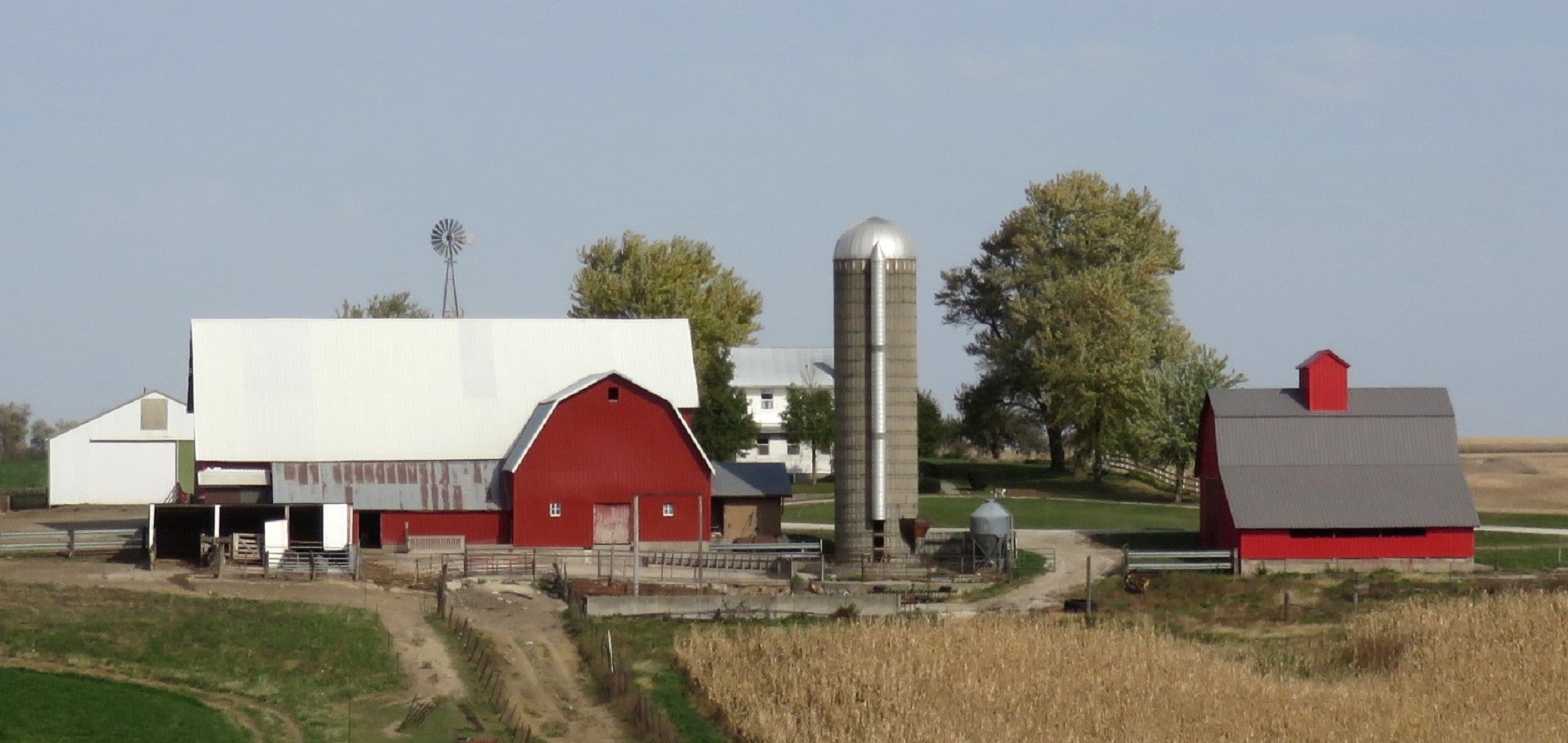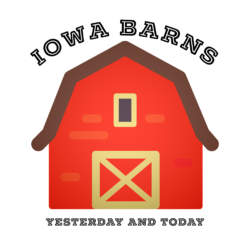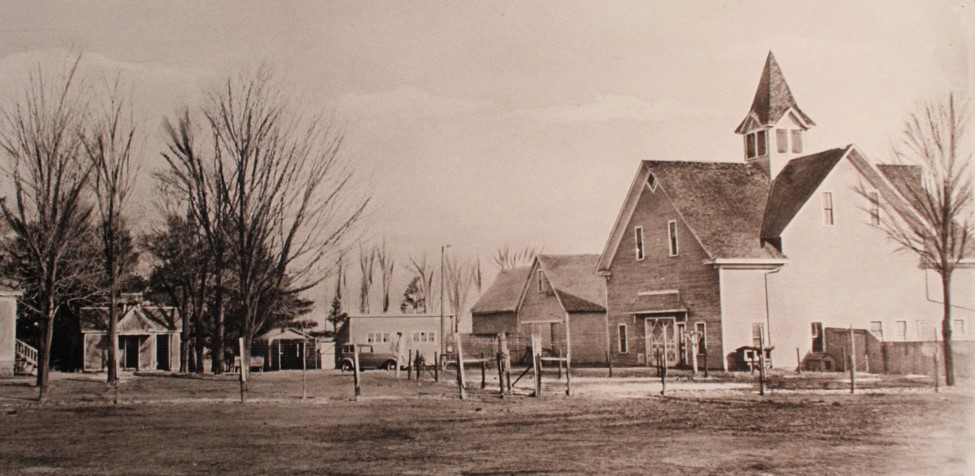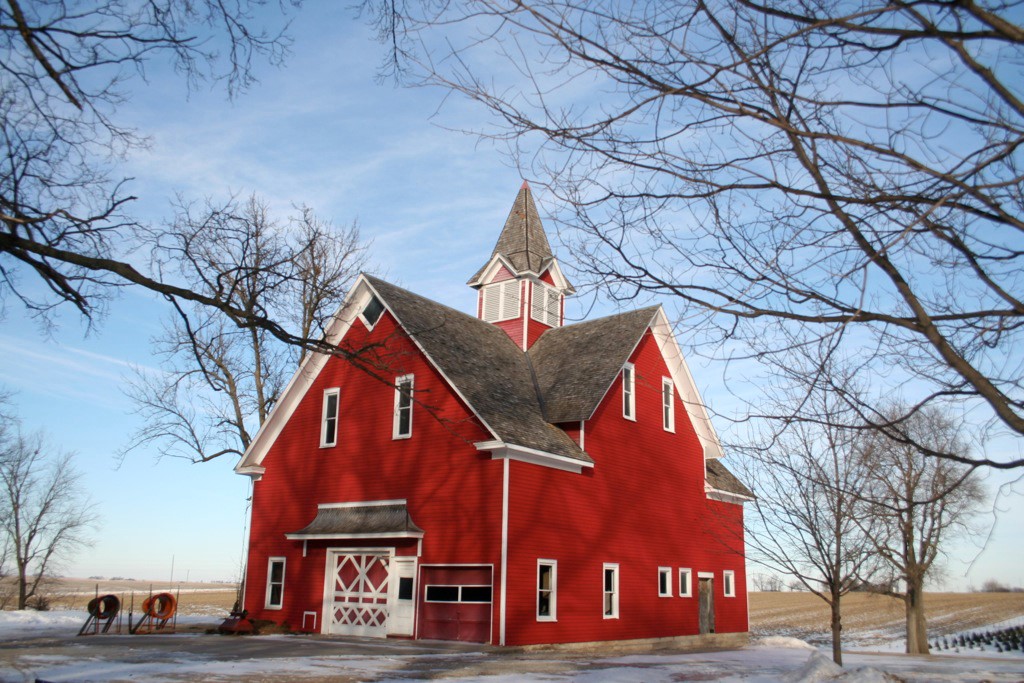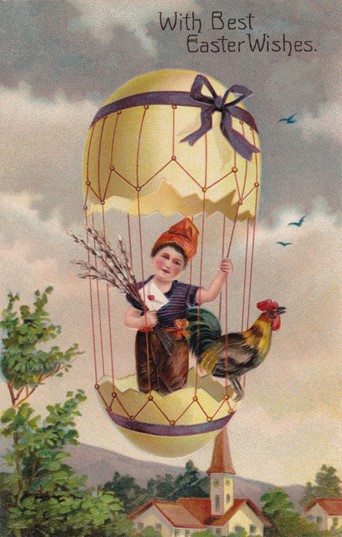
There are many early stories of prairie fires racing across the countryside and the problems pioneers faced in fighting them. Sometimes their barns and homes were saved, but not always. Buckets of water, a plow, and rakes were all they had to fight the fires.
This photo was taken last week by my brother, Carl Kurtz, as he and a friend burned about fifty acres of this prairie on the farm in Marshall County that we own and that he has worked to reconstruct for the last 48 years. Fire is an effective tool for maintaining the health of prairies because it stimulates seeds to germinate and promotes growth and seed production.
This land was once virgin prairie before the pioneers plowed it and planted corn. Some was saved from being plowed, however, in order to harvest prairie hay for bedding and food for their livestock.
Now it is a diverse tallgrass prairie community of 120 species of flowers and 30 species of grasses and sedges. From a height of several inches in the spring to six to seven feet tall by fall, this prairie will be filled with the flowers, grasses, and nesting grassland birds until October.
